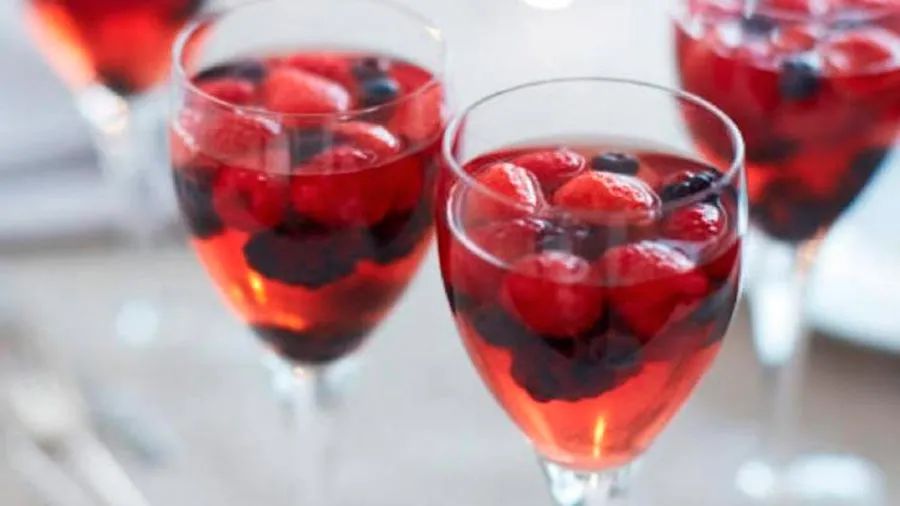The Mexican scientist Elvira González de Mejía directs a team of researchers at the University of Illinois, United States, which proposes an without alcohol wine that could help in the control of patients with diabetes.
Through research carried out in the Department of Food and Human Nutrition Sciences of the University of Illinois, González de Mejía and his colleagues determined that the wine made with blackberry and fermented blueberries has a powerful antioxidant effect, anti -inflammatory, controls blood glucose levelsand also inhibits fat concentration.
In an interview for the Conacyt informative agency, the researcher presented the results of this project, from which she has derived a series of scientific publications and postgraduate thesis.
Illinois wine producers approached the research group looking for solutions for some problems in their production.They were also interested in creating a special wine for diabetic people based on red fruits, which could also have added value.
Fruits such as strawberries, raspberries, blueberries and blackberries, are rich in phenolic compounds such as anthocyanins and proantocyanidins, which are known for having an antioxidant, anti -inflammatory and blood glucose regulation effect, among others.These properties were enhanced in the drink, which is formed by a concentration 70 percent blackberry and 30 percent blueberry.
The organism produces an enzyme called Depptidil Peptidase-4 (DPP4), which inhibits hormones that stimulate insulin production, causing it cannot be returned to normal glucose levels.
“That is serious because then glucose begins to accumulate in the blood and we have a patient with diabetes.We have to look for therapies that can inhibit this DPP4 enzyme so that hormones are active. ”
Methodolgía
To check if a wine based on blackberries and cranberries without alcohol could increase the potential of phenolic compounds of red fruits and reduce diabetes markers, in vitro, biochemical and in vivo tests were performed, the latter in mice.During this test, the groups of mice were fed with a high fat diet and were given specific drinks: a group could only consume water, another a commercial medication for the treatment of diabetes and other groups were equipped with wine as the only liquid.
In the case of the wine, the research team separated the harco-alcohol wine in rich fractions in anthocyanins and proantocyanidins, in order to better understand the biological effects corresponding to each compound and see if there was a dose-response effect.In addition, different portions of brazamora and blueberry were tested in the drink, which granted a greater concentration of dolphinidine and malvinement, respectively.
After 12 weeks of study, it was concluded that the group of mice that only consumed wine presented an important decline in body weight and decrease in glucose."We found that fractions enriched with anthocyanins mainly have a strong power in inhibiting the DPP4 enzyme and we also saw that insulin secretion was given," he said.
“What was very impressive and we did not expect, is that the animals that drank only the wines with the highest concentration, lost weight.They were healthy animals, they did not exercise additional, ”said the professor.
The doctor indicated that this drink is not a replacement for current therapies, but rather a complement.Studies are missing to determine compatibility with other medications in the body.
Market opportunity
According to the doctor, only in Canada, the United States and Mexico live 39 million people with type 2 diabetes;In Mexico, thePrevalence is 9.1 percent.Therefore, the importance of creating products with added value that impact the quality of life of this sector.
Dr. González de Mejía said that Mexico can play an important role in the fruit or berries market, since it is placed as a third producer worldwide, only below the United States and Russia.
However, he pointed out that the generation of products with added value must be promoted and not only remains in the crop stage.
To do this, he considered that the role of research centers is vital, since they have the ability to connect producers with the needs of consumers and contribute to the creation of quality products.
According to information from the National Association of Berries Exporters (Aneberries), Mexico manages a market of more than 1,500 million dollars for sale of these fruits abroad.The main production areas are the states of Michoacán, Jalisco, Guanajuato, Baja California and Colima.
Source: however.mx


